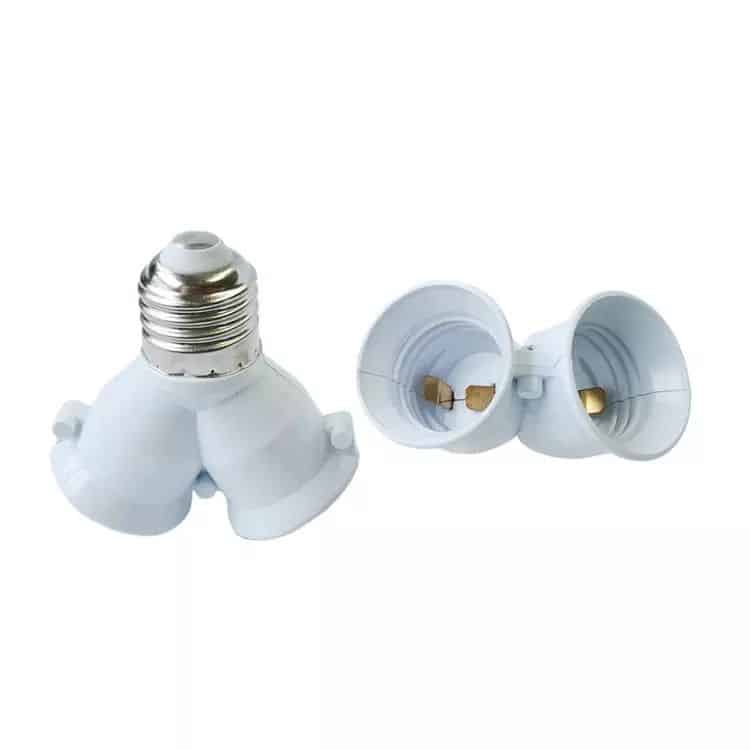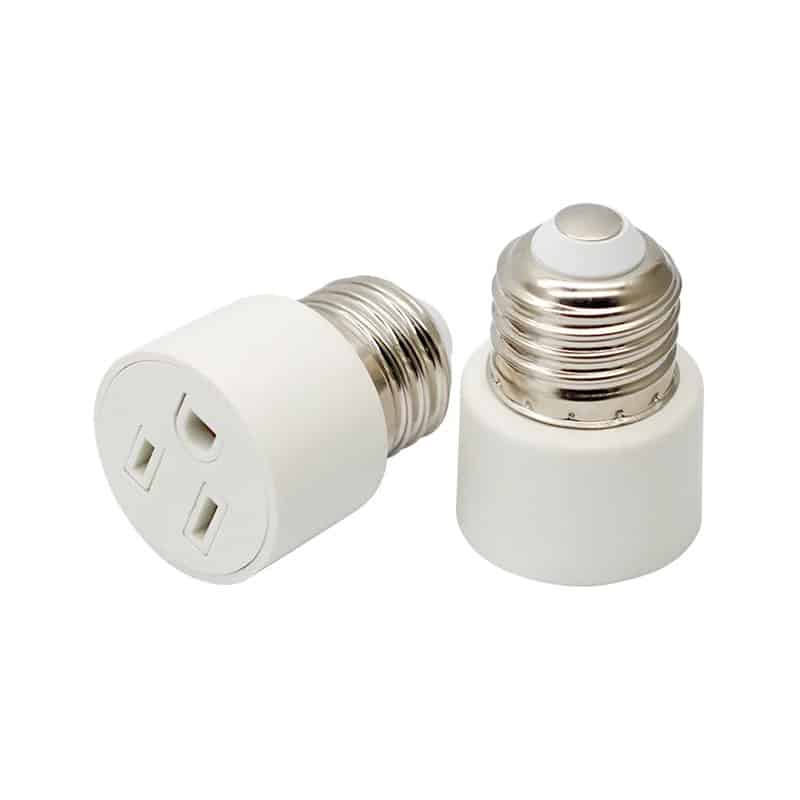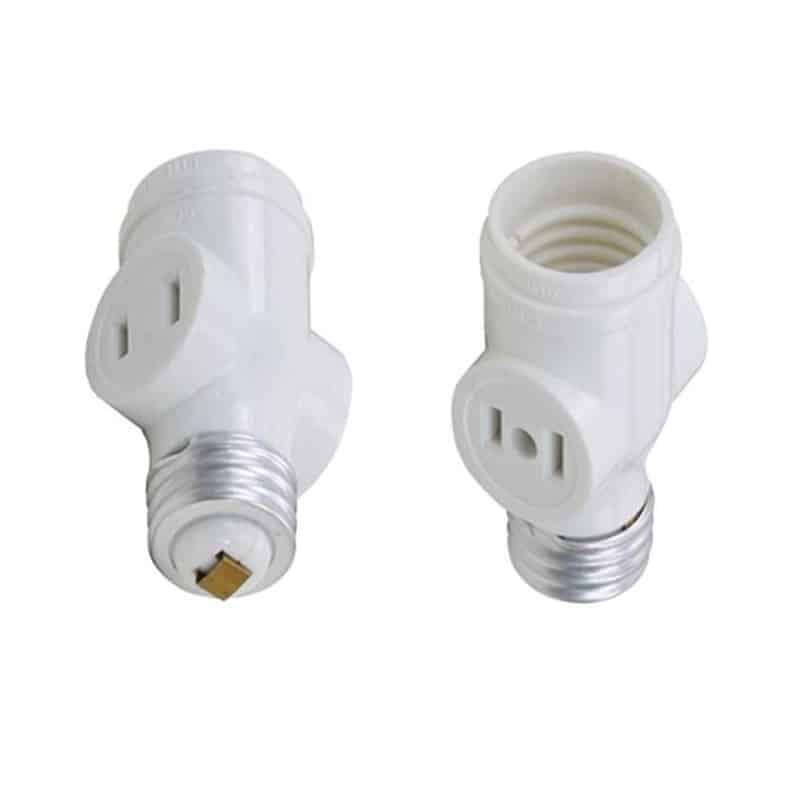Using the wrong voltage light bulb can cause a lot of problems for your lights and for your safety. If you’re thinking about putting a 110v light bulb into a 250v light socket, you need to know the risks. Having the wrong voltage can lead to the light bulb failing, overheating, and even create a fire hazard. Let’s talk about whether it’s safe to put a 110v light bulb in a 250v socket and what could happen.
No, you should not use a 110v light bulb in a 250v socket. The voltage mismatch could damage the bulb or cause it to burn out quickly.
Let’s break it down. Voltage is the pressure that pushes electrical current through a circuit. Every electrical device, including light bulbs, is designed to operate within a specific voltage range. If you use a light bulb outside of its intended voltage range, it won’t work right and could be a safety risk.

What Happens When You Use a 110v Bulb in a 250v Socket?
If you put a 110v bulb into a 250v socket, the first issue is overvoltage. The socket is providing more power than the bulb is designed to handle. In this situation, the light bulb will likely burn out almost immediately. The filament inside the bulb can overheat due to the excessive power, causing it to snap or melt. In some cases, the bulb might explode or short-circuit, which can be dangerous and damage the socket or the electrical fixture.
In more severe cases, you might even experience a short circuit, which can damage your home’s electrical system or blow a fuse. The danger is not just limited to the bulb itself; the higher voltage can also affect the entire light fixture. This could require costly repairs or replacements, and in the worst-case scenario, it could create a fire hazard.
Potential Safety Hazards
One of the biggest risks of using a 110v bulb in a 250v socket is fire. Light bulbs that are exposed to too much voltage can overheat, and overheating bulbs can become a source of ignition if they come into contact with flammable materials. This is particularly concerning in fixtures that are enclosed or placed near drapes, wood, or other combustible materials.
There’s also the risk of electrical shock. When bulbs blow out or malfunction due to overvoltage, they can damage the wiring in the fixture. This makes handling the socket dangerous, even when it’s turned off. It can be easy to forget that just because the light is off, it doesn’t mean the electrical circuit is entirely safe.

Understanding Different Bulb and Socket Types
Voltage standards differ around the world. For example, in North America, most households use 110v-120v for their electrical sockets, whereas in Europe and many parts of Asia, the standard is 220v-240v. This means that light bulbs and sockets are designed to meet these local voltage requirements. In countries where the voltage is higher, like those using 220v or 240v, bulbs are made to withstand this higher electrical input.
While some light bulb bases, like E26 and E27, may be physically similar and interchangeable, this does not mean the bulbs themselves are electrically compatible. Just because a bulb fits into a socket doesn’t mean it can safely operate there. A 110v bulb in a 250v socket is a perfect example of how a physical match does not guarantee electrical compatibility.
Alternatives: Using Voltage Converters or Transformers
If you’re in a situation where you have a 110v bulb but only a 250v socket, one option is to use a voltage converter. A voltage converter can step down the 250v to 110v, allowing you to safely use your 110v bulb in the higher-voltage socket. However, this can be inconvenient and adds another device to manage. It’s generally easier and safer to replace the bulb with one that matches the socket’s voltage.
Using a 250v-rated bulb in a 250v socket is always the better option. Not only will this ensure safe operation, but it will also extend the lifespan of the bulb and the fixture.

Why LED Bulbs Might Handle Voltage Differences Differently
LED bulbs are often more sensitive to voltage than traditional incandescent bulbs. In some cases, LED bulbs are designed to handle a wide voltage range, such as 110v-240v, which allows them to operate in different regions without issue. However, not all LED bulbs are built this way, and using an incompatible voltage can still cause problems like flickering, reduced brightness, or a shorter lifespan.
Even with LED bulbs that are rated for a wide voltage range, other factors such as incompatible dimmer switches can still cause flickering or other issues. It’s always important to check the specifications of your bulb and socket to ensure they are compatible with each other.
Consequences of Using the Wrong Voltage Bulb
Using a 110v bulb in a 250v socket can have several consequences. First, the bulb will almost certainly have a reduced lifespan. Overvoltage causes bulbs to burn out much faster than they normally would, meaning you’ll have to replace them more frequently. This can become an expensive and inconvenient problem.
Additionally, using the wrong voltage bulb can damage the socket or the fixture itself. When the bulb burns out, it can send a surge of electricity back into the fixture, potentially damaging the wiring or causing electrical faults. In the long run, this can increase your repair costs or even force you to replace the entire fixture.

Final Words:
The key to safe and effective lighting is making sure the voltage of your light bulb matches the voltage of the socket you’re using it in. Using a 110v light bulb in a 250v lamp socket is not safe and could create huge safety hazards, including the bulb failing, electrical damage, or a fire. If you’re not sure, consult an electrician or use a light bulb designed for the voltage of your socket.













